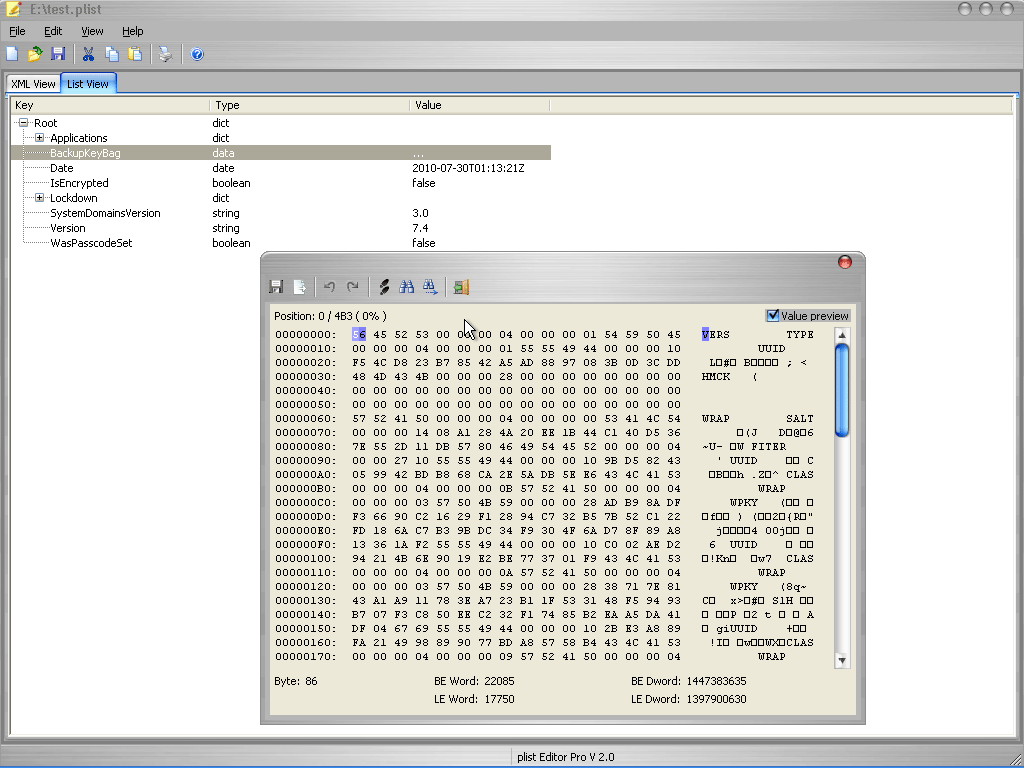


The only difference is whether the Plist editing application is separate, or if it’s built into Xcode directly. In other words, regardless of what version of Mac OS X you are using, you’ll want to get Xcode to have access to a proper plist editor. Developer/Applications/Utilities/Property List Editor.app/Īgain, modern versions of OS X and Xcode simply need to launch Xcode and then the property list editor is built natively into the Xcode app: Property List Editor comes as part of Apple’s Developer Tools X Code package.įor those earlier versions of Xcode, Property List Editor.app is found at the following location: Xcode works to edit any and all plist files, including system plist files, so it is by far the best choice out there.įor Mac users on earlier versions of OS X, you can also edit these plist files with Xcode directly and very easily with a dedicated separate program that is part of the Xcode suite, this is called, fittingly, the “Property List Editor” application. You can launch a plist file directly into Xcode to edit the plist, make changes, and save it. For any modern version of OS X, the Xcode suite includes native Plist editing abilities, whereas earlier versions of Xcode include a separate standalone app called Property List Editor – both are in Xcode, however. The best app available to edit plist files in Mac OS X is actually Xcode.
PLISTEDIT PRO MAC HOW TO
How to Edit Plist Files in Mac OS X the Right Way If you simply want to view a plist file, you can give it a glance with Quick Look, but what if you want to edit a plist file on the Mac? To properly edit and modify plist files in Mac OS X, you’ll want to get a dedicated app to do so, and fortunately Apple offers one such application which allows for easy safe editing and saving of plist files.


 0 kommentar(er)
0 kommentar(er)
